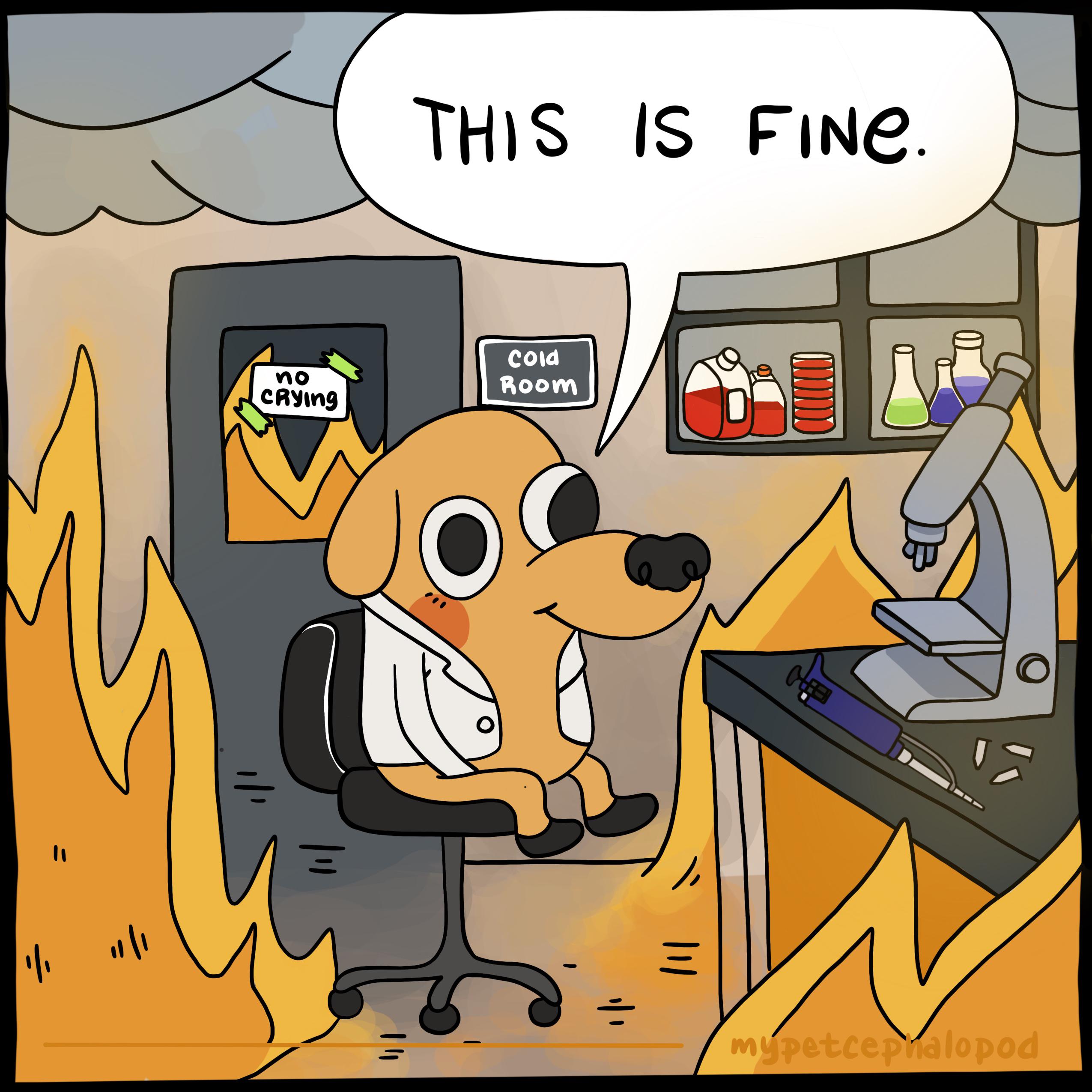next up: “Great thanks we’re gonna sell all your photos unless you pay for a subscription. Gotta keep in business somehow!”
- 0 Posts
- 29 Comments
This is really great journalism. Someone needs to edit his Wikipedia page and point to this as evidence. Then we can start citing the Wikipedia page to
make updiscover more of these stories

 81·2 months ago
81·2 months agothe real puzzle is wtf happened to the 9th book…

 10·2 months ago
10·2 months agooh. go get a therapist–not physical; mental. they’re insanely expensive, but you can spend the next three months shopping around and by the new year you’ll have found someone you like!

 21·2 months ago
21·2 months agoinvite me and I’ll bring my own alcohol. spread looks delicious!

 4·2 months ago
4·2 months agoAnother great example (from DeepMind) is AlphaFold. Because there’s relatively little amounts of data on protein structures (only 175k in the PDB), you can’t really build a model that requires millions or billions of structures. Coupled with the fact that getting the structure of a new protein in the lab is really hard, and that most proteins are highly synonymous (you share about 60% of your genes with a banana).
So the researchers generated a bunch of “plausible yet never seen in nature” protein structures (that their model thought were high quality) and used them for training.
Granted, even though AlphaFold has made incredible progress, it still hasn’t been able to show any biological breakthroughs (e.g. 80% accuracy is much better than the 60% accuracy we were at 10 years ago, but still not nearly where we really need to be).
Image models, on the other hand, are quite sophisticated, and many of them can “beat” humans or look “more natural” than an actual photograph. Trying to eek the final 0.01% out of a 99.9% accurate model is when the model collapse happens–the model starts to learn from the “nearly accurate to the human eye but containing unseen flaws” images.
Yeah, I grew up in Fahren-wasteland, but have lived in Celsi-heaven for 7 years. I embraced it, and now when someone says “40 FUCKING DEGREES!!” I know exactly what they’re talking about. It’s hot. You probably don’t have an air con. It’s misery.
I love my ThinkPad, but that’s mostly because of the TrackPoint

 1·3 months ago
1·3 months agooh nice! I found the same labyrinth after 4-5 taps.
this is so exciting! I imagine in the next few days I might be able to get to the content!!!

 251·3 months ago
251·3 months agoI just had a seizure
readingtrying to read this “article”. what do I even click to escape??

 3·4 months ago
3·4 months ago“If you sing at the table you’ll cry before you go to bed.” I thought it was super common until I said it to my kid and my partner thought I was crazy.
“We will continue to charge you penalties until you can afford to pay us back”
Well actually you can’t die either, that’s illegal. Let me know if you find any other options and I’ll make sure they get illegal’d as well!

 3·5 months ago
3·5 months agooooh. design intricate sandwiches! sounds like a lovely holiday!!

 34·6 months ago
34·6 months agoFavourite part of the whole article:
A spokesperson for Truth Social said, “It’s hard to believe that Reuters, once a respected news service, has fallen so low as to publish such a manipulative, false, defamatory and transparently stupid article as this one purely out of political spite.”
“You never saw what you thought you saw. And even if you did, it was entirely justified and your interpretation was extreme.”

 1·6 months ago
1·6 months agoYeah, the problem is how to sanitise effectively. You’ve gotta be able to find a way to automatically strip out “bad” things from your training data (via an “oracle”). But if you already had that oracle, you could just slap it on your final product (e.g. Search) and make all the “bad” things disappear before they hit the user (via some sort of filter).

 31·7 months ago
31·7 months agoit’s just reliable. especially with remote work, everything is “over ssh”, and you can create a very consistent environment with only a few config files
the amount of AI you can get into these IDEs is impressive, though. probably the only reason I’d ever make the switch



It’s hype like this that breaks the back of the public when “AI doesn’t change anything”. Don’t get me wrong: AlphaFold has done incredible things. We can now create computational models of proteins in a few hours instead of a decade. But the difference between a computational model and the actual thing is like the difference between a piece of cheese and yellow plastic: they both melt nicely but you’d never want one of them in your quesadilla.